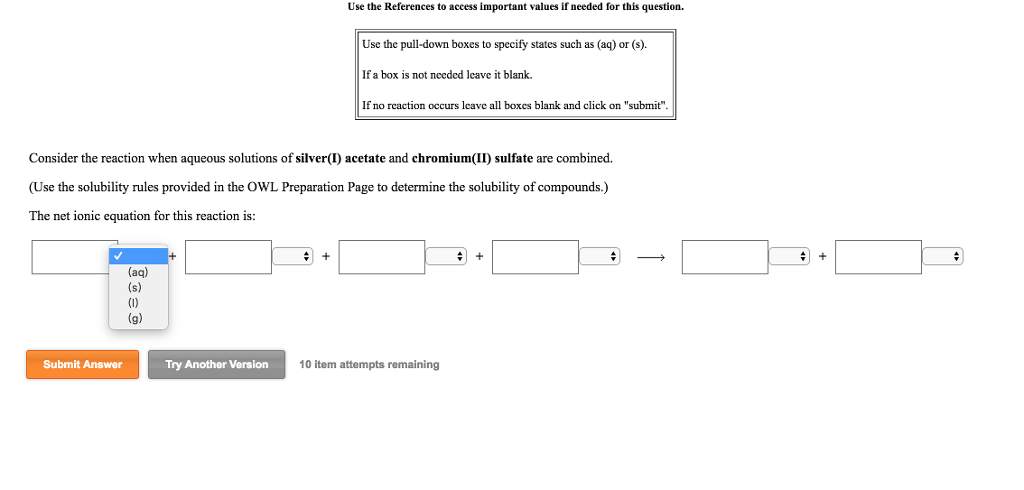

Farmers Fertiliser Ltd - a subsidiary of Fernz Corporation Ltd.Reddish-brown crystals (anhydrous), purple crystals (hydrated) : CS1 maint: multiple names: authors list ( link) Ullmann's Encyclopedia of Industrial Chemistry. ^ Gerd Anger, Jost Halstenberg, Klaus Hochgeschwender, Christoph Scherhag, Ulrich Korallus, Herbert Knopf, Peter Schmidt, Manfred Ohlinger."Structure de l'Hydroxysulfate de Chrome monohydrate". "Extended X-ray absorption fine structure studies of the role of chromium in leather tanning" Polyhedron 2001, volume 20, 461–466. National Institute for Occupational Safety and Health (NIOSH). ^ a b c NIOSH Pocket Guide to Chemical Hazards.There are 3 complex minerals being, in part, Cr(III) sulfates: bentorite, reddingtonite, and ptnisite. Pure chromium(III) sulfate, both in anhydrous and hydrous form, is as yet (2020) unknown among mineral species. It is important to fully reduce the hexavalent chromium to trivalent since the hexavalent is more likely to cause health problems for tanners and leather consumers. The sodium sulfate is often left in the technical product since it is inert with respect to the tanning process.

42% or 50% may be obtained by the addition of sodium carbonate, these are often used in combination with sodium formate. Since 33% of the anion charges are due to hydroxy ions the basicity is 33% (but in tanning jargon it is known as 33% reduced). Basic chromium(III) sulfate īasic chromium sulfate is produced from chromate salts by reduction with sulfur dioxide, although other methods exist. Similarly, dissolution of chrome alloys gives chromium sulfate together with ferrous sulfate. Extraction of chromite ore with sulfuric acid in the presence of some chromate gives solutions of chromium(III) sulfate contaminated with other metal ions. The hydrated salts of chromium sulfate can also be produced, albeit impure, by extraction of various other chromium compounds, but these routes are not economically viable. Evaporation of these acidic solutions affords the hydrate salt described above. A chromium(III) oxide coproduct is generated which is readily extracted into sulfuric acid. Anthroquinone and quinone are produced on large scale by treatment of anthracene and phenol with chromic acid. The most useful source of chromium(III) sulfate are the Cr(III) wastes from the chromate oxidation of various organic compounds. Structure of Cr(SO 4)(H 2O)(OH), showing the CrO 6 coordination sphere typical of many chromium(III) compounds. Other chromium(III) hydroxides have been reported. It results from the partial neutralization of the hexahydrates. Most important commercially is basic chromium sulfate, which is thought to be SO 4 (CAS#3). Further heating yields the anhydrous sulfate.Ī variety of other chromium(III) sulfates are known, but also contain hydroxide or oxide ligands. It is obtained by heating the 18-hydrate material above 70 ☌. Hydrated chromium(III) sulfate, Cr 2(SO 4) 3♱5(H 2O), (CAS #1) is a green solid that also readily dissolves in water.Six of the eighteen water molecules in this formula unit are water of crystallization. The formula of this compound can be written more descriptively as 2(SO 4) 3♶H 2O. Hydrated chromium(III) sulfate, Cr 2(SO 4) 3♱8H 2O, (CAS #1) is a violet solid that readily dissolves in water to give the metal aquo complex, 3+.Anhydrous chromium(III) sulfate, Cr 2(SO 4) 3, (CAS #1) is a violet solid that dissolves in water upon addition of a reducing agent, which generates chromium(II) sulfates.Three chromium(III) sulfates are well characterized: These salts are usually either violet or green solids that are soluble in water. Additionally, ill-defined but commercially important "basic chromium sulfates" are known. Chromium(III) sulfate usually refers to the inorganic compounds with the formula Cr 2(SO 4) 3.


 0 kommentar(er)
0 kommentar(er)
